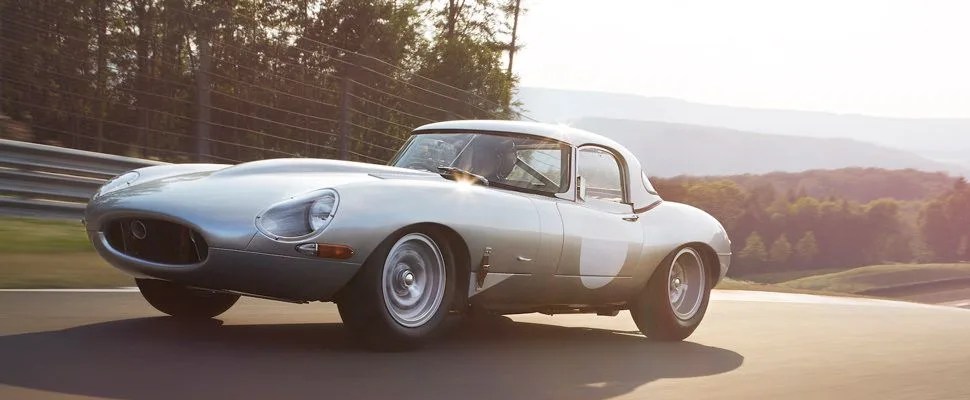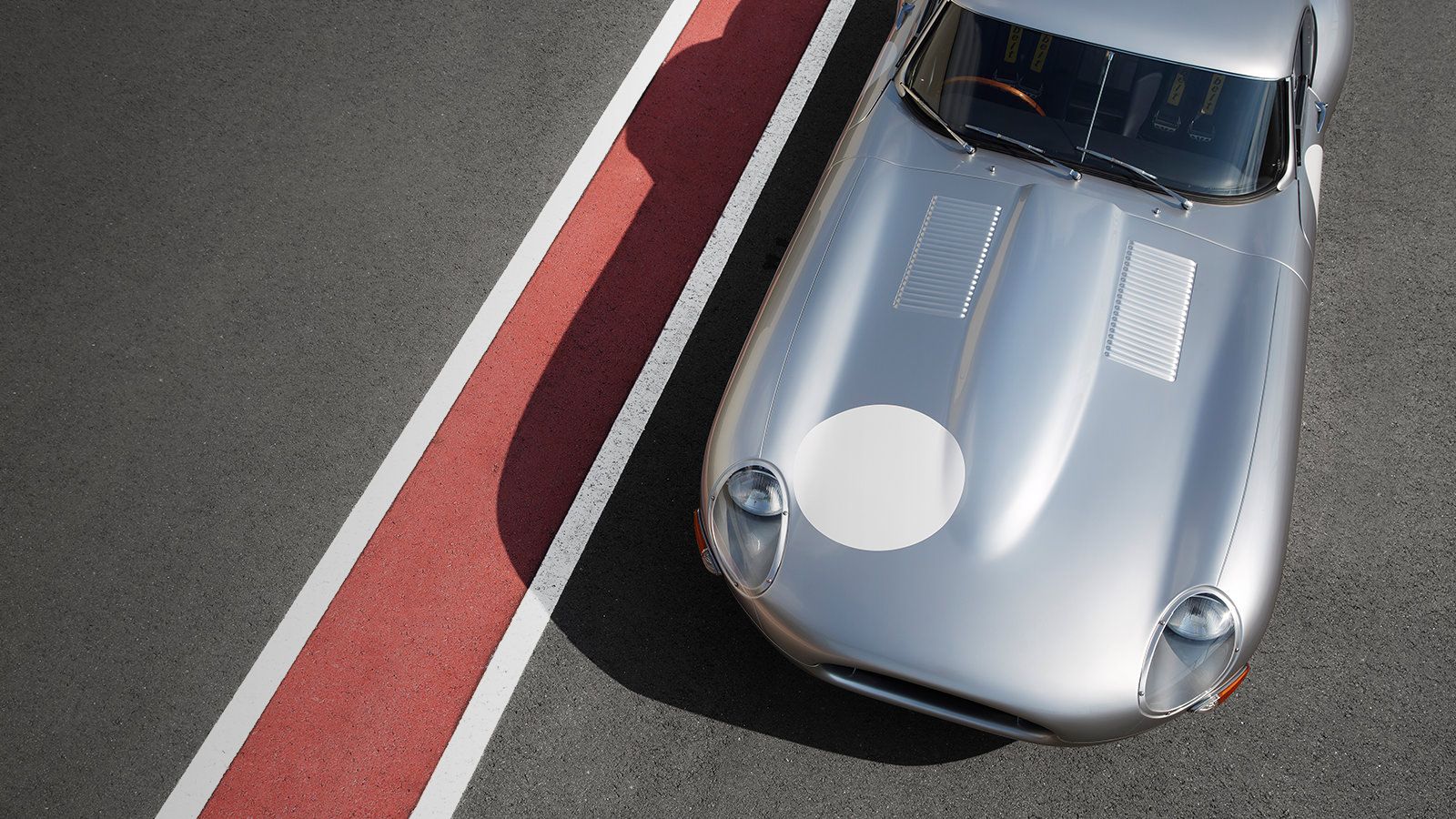Every so often we are treated to the notion that “old is gold”. Maybe Fender will rerelease an obscure model, maybe the Rolling Stones will decide to do another final tour. Occasionally, automakers will bring back a vintage nameplate — and the end result always seems to be a half-hearted attempt at retro-inspired design, an attempt to sell cars with the help of a brand’s faded glory. But occasionally we’re treated to something incredibly special, something more reissue than rehash. Jaguar’s “new” E-Type Lightweight is a perfect example.
Jaguar-Land Rover aren’t releasing the new E-Types on a lark or for a shameless cash grab; their cars are among the first cars from the automaker’s new Special Operations division, a branch that will specialize in historic, bespoke and halo cars. Originally, Jaguar planned for a run of 18 Lightweights back in the ’60s, but only got around to producing 12, leaving six chassis codes unused. It seems then that Jaguar has used the new division to take care of some unfinished business. Better late than never.
Since the new E-Types are being built to continue the production of the original Lightweight, Jag is pulling no punches when it comes to authenticity. Rest assured, they aren’t updated versions of classics like Singer’s 911 or Eagle’s own interpretation of the E-Type. Every aspect of the new Lightweights will mimic the originals, from the 340 horsepower, 3.8-liter aluminum block straight-six with 280 lb-ft of torque, to the obligatory wood-trimmed steering wheel. But this dedication to originality is most apparent in the car’s aluminum bodywork.
See, in the several decades that followed the production of the original Lightweights, the production process for making aluminum alloy has advanced, making the metal both stronger and lighter. While this improvement in construction is good for the increasing number of new cars using the alloy, it’s bad for authenticity. For that reason, Jaguar decided to forego using modern aluminum in favor of a more inferior, but more accurate ’60s-era alloy. As it turns out, Jaguar needed to use the ’60s-era metal to conform to FIA standards for historic race cars; the alloy makes up everything from the outer panels to more minuscule and unseen components of the car’s construction.

What’s truly amazing is that the E-Type Lightweight is an entirely Jaguar effort. Smaller, niche companies like Icon Motorsports and the aforementioned Eagle have been breathing new life into classics for years, but this is the first time the actual manufacturer has concentrated on building new models of old cars. Jaguar has set aside the modern machines used in the production of their current sports cars and sedans, instead utilizing old-school techniques to craft the new Lightweights. Sure: original Lightweights were laser scanned to create computer renderings; but for the construction itself, Jag went to great lengths to find expert craftsmen who could hand pound aluminum into complex body panels.
